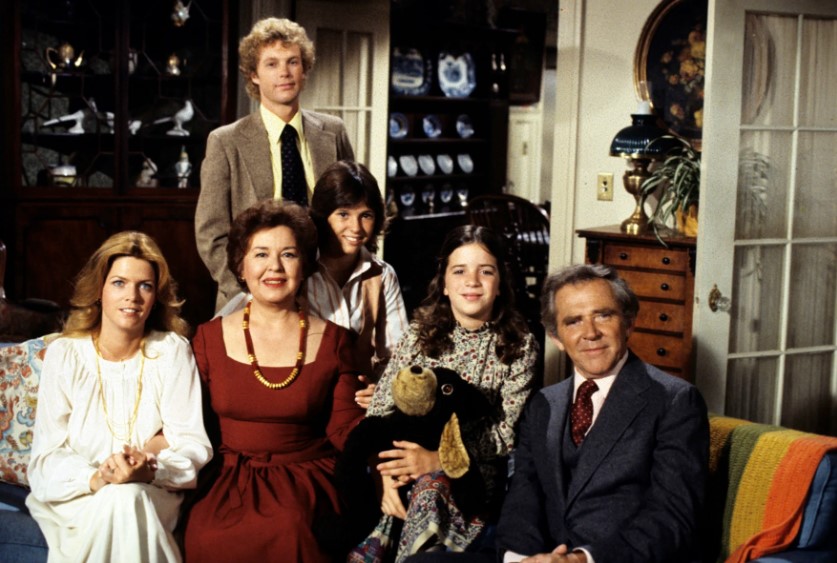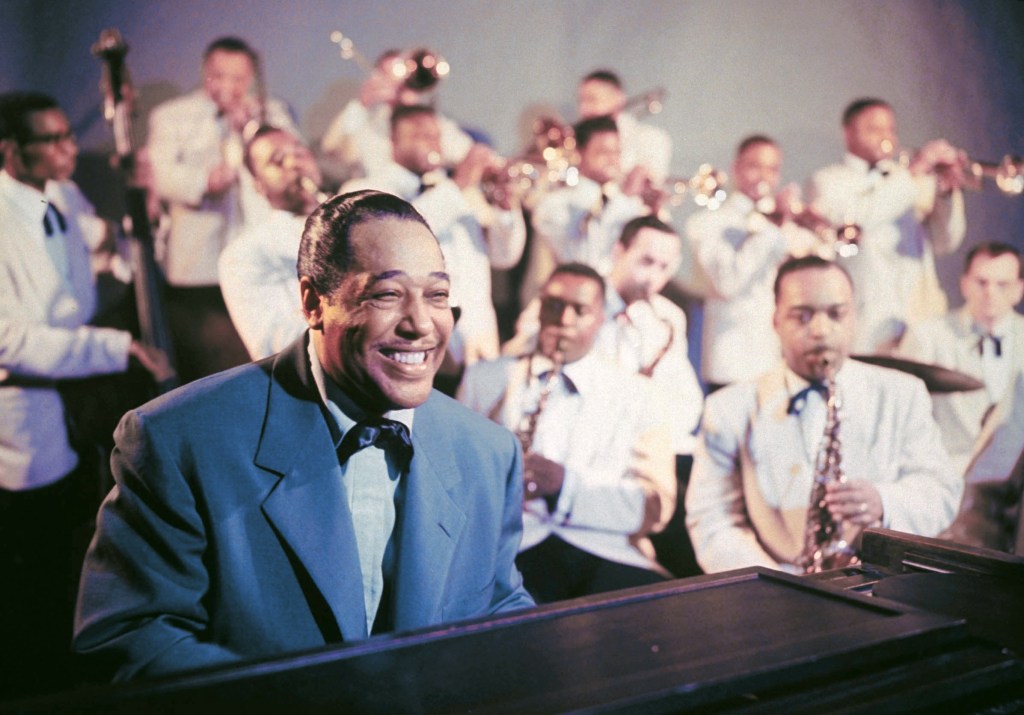Daytona Beach, Florida, in 1957 was a place pulsating with the roar of engines and the thrill of speed. The vast expanse of hard-packed, white sand wasn't just a playground for sunbathers; it was a natural racetrack that drew in automotive enthusiasts, daring drivers, and a burgeoning motorsport scene. This year marked a pivotal moment for Daytona Beach, as it witnessed not only record-breaking speed trials but also the birth of a racing giant – NASCAR.

Prior to 1957, Daytona Beach had already established itself as a Mecca for speed enthusiasts. For decades, the hard-packed sand served as a proving ground for automobiles. These weren't organized races, but rather individual attempts to push the limits of speed. Drivers would make timed runs along a measured mile on the beach, vying for bragging rights and the title of "Fastest Man on Sand." 1957 saw this tradition continue, with car manufacturers, such as Pontiac, using the Daytona Beach trials to showcase their latest high-performance vehicles. One such record-breaking run came from a Pontiac Bonneville, which clocked in at a staggering 141.2 mph, solidifying Daytona's reputation as a hotbed for speed demons.
However, 1957 wasn't just about individual glory. It marked the year that a fledgling organization named the National Association for Stock Car Auto Racing (NASCAR) held its first official Grand National race on a purpose-built course that incorporated the famed Daytona Beach sand and a newly constructed asphalt oval track. This innovative course, a testament to the vision of racing pioneer Bill France Sr., offered a unique challenge for drivers. The combination of high speeds on the sand and the technical demands of the oval track pushed drivers and their vehicles to the limit.

The inaugural Daytona Grand National, held in February 1957, was a landmark event. It attracted a record-breaking crowd, estimated at over 40,000 spectators, eager to witness this new form of motorsport. The race itself was a grueling 162.6-mile affair, with drivers battling it out for over two hours. Ultimately, Cotton Owens, a driver known for his tenacity and skill, emerged victorious, setting a new speed record for the combined course at an average speed of 101.541 mph. Owens' win not only cemented his place in NASCAR history but also solidified the Daytona Beach and Road Course as a premier racing venue.
The success of the 1957 Daytona Grand National marked a turning point for NASCAR. It showcased the organization's ability to create exciting races that appealed to a broad audience. The race also brought national attention to the sport, attracting sponsorships and paving the way for its future growth.

Beyond the races, Daytona Beach in 1957 offered a unique glimpse into American car culture. Car enthusiasts flocked to the beach, not just to witness the official races, but also to participate in informal drag races and show off their customized vehicles. This vibrant car culture, fueled by a fascination with speed and horsepower, was an integral part of the Daytona experience.
However, the Daytona of 1957 wasn't without its challenges. Safety concerns surrounding the high speeds on the beach course became apparent. The combination of sand and asphalt also posed a challenge for drivers, requiring them to adapt their racing styles mid-race. These issues would eventually lead to the abandonment of the beach course in favor of a fully paved oval track, constructed in 1958.

Despite these challenges, Daytona Beach in 1957 remains a significant chapter in the history of motorsports. It was a time of innovation, daring, and a shared passion for speed. The year witnessed the birth of NASCAR, a testament to the vision of Bill France Sr. and the dedication of the early drivers. It was also a time capsule of American car culture, reflecting a fascination with horsepower and the open road. The roar of engines and the spray of sand from Daytona Beach in 1957 would forever echo through the halls of automotive history.












